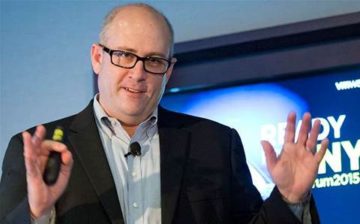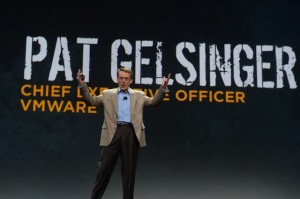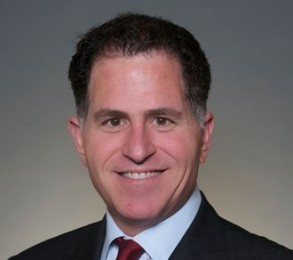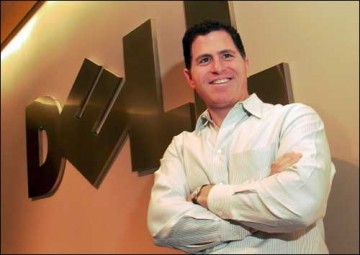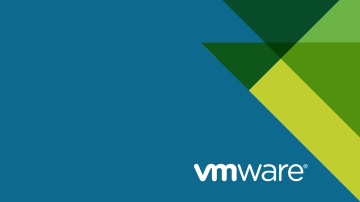 VMware has launched VMware Partner Connect which it says is a simplified and flexible programme designed to enable partners to do business with VMware in a way that aligns to their business models.
VMware has launched VMware Partner Connect which it says is a simplified and flexible programme designed to enable partners to do business with VMware in a way that aligns to their business models.
VMware Partner Connect empower partners with flexibility to meet customers’ needs, making VMware technologies and services opportunities more accessible, the outfit claims.
The outfit claims its partners now have an enhanced experience that delivers simplicity, choice and innovation, and recognises and rewards partners based on the value they bring to customers.
Worldwide Channel Chief, VMware Jenni Flinders said that VMware Partner Connect reimagines the way it does business with and for our partners, helping them drive differentiated customer success and digital transformation.
“We designed Partner Connect with our customers in mind, and the idea that they should feel confident when choosing to go with a VMware partner. And this is just the beginning, as Partner Connect continues to evolve to deliver new and better ways for our partners to grow their business.”
